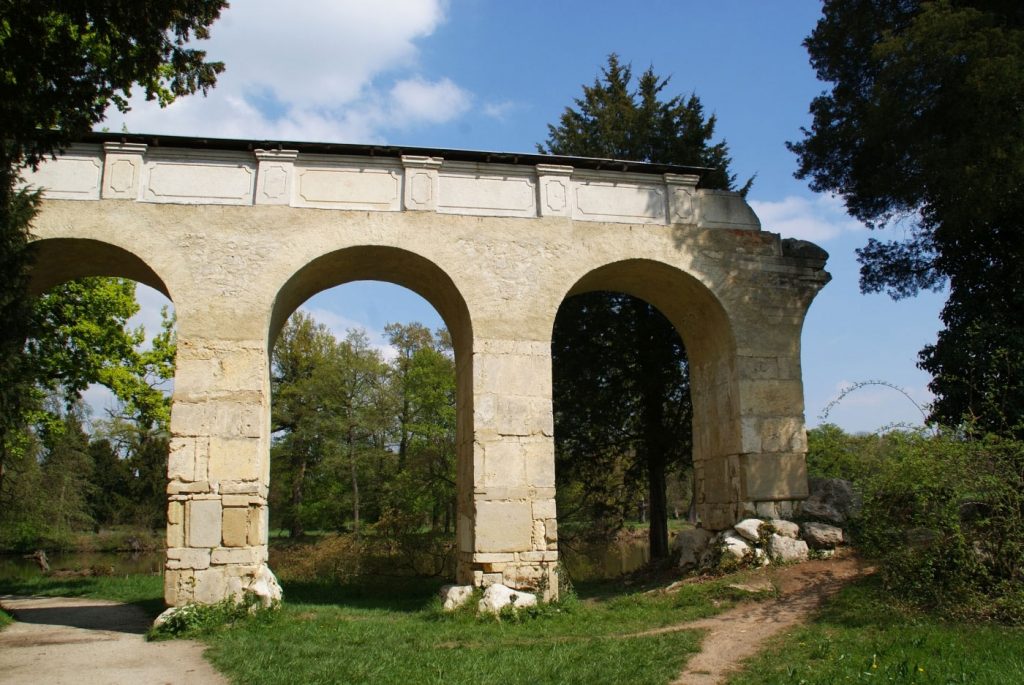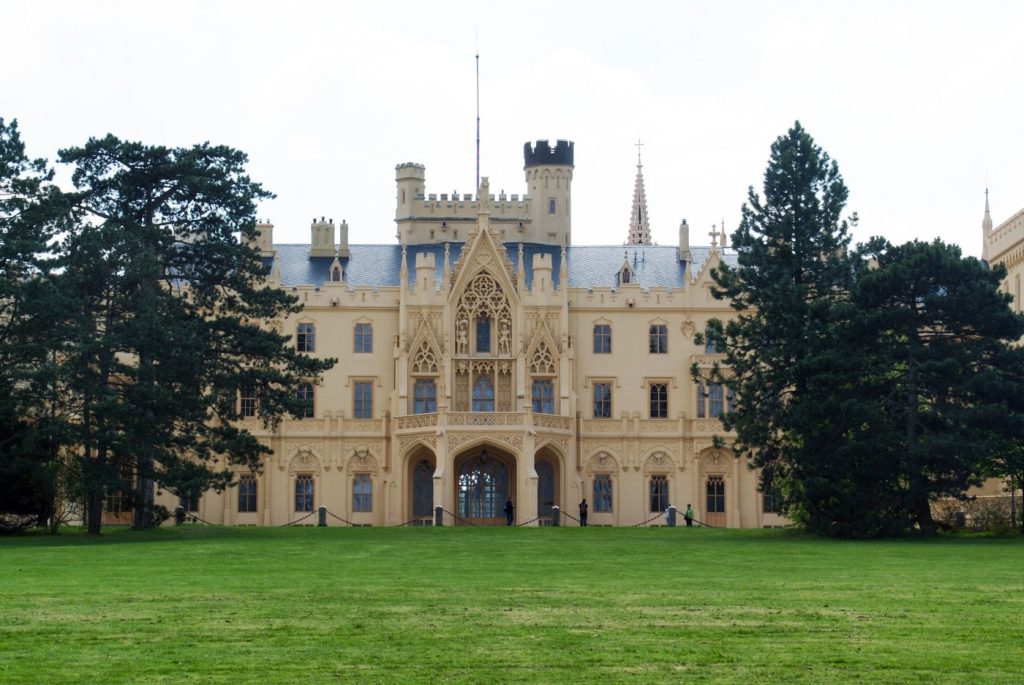
Lednicko-valtický areál
Lednice-Valtice is a landscape complex with an area of 300 km2. It is located in Břeclav District near the border with Austria, and has been inscribed on the UNESCO World Heritage List since December 1996. It is considered to be the largest structured landscape in Europe, and possibly the world. In the northwest it is connected to the Pálava Protected Landscape Area. In 1992 by the Ministry of Culture declared the Lednice-Valtice landscape and the site of the Battle of Austerlitz the first two landscape heritage zones in the Czech Republic.
Lednice Chateau
Lednice Chateau was built on the site of the original Gothic fortress from 1544-1585. It is surrounded by a beautiful garden. The chateau was rebuilt in the Baroque style at the end of the 17th century. The chateau was rebuilt in Classicist style between 1766 and 1772. The chateau's current appearance is the result of a neo-Gothic renovation which started in 1846. The floor plan was preserved during the most recent renovation. The chateau's facades underwent a major renovation. The chateau interior was also redesigned. The complex also includes a palm greenhouse, in which about 250 species of subtropical and tropical plants are cultivated.

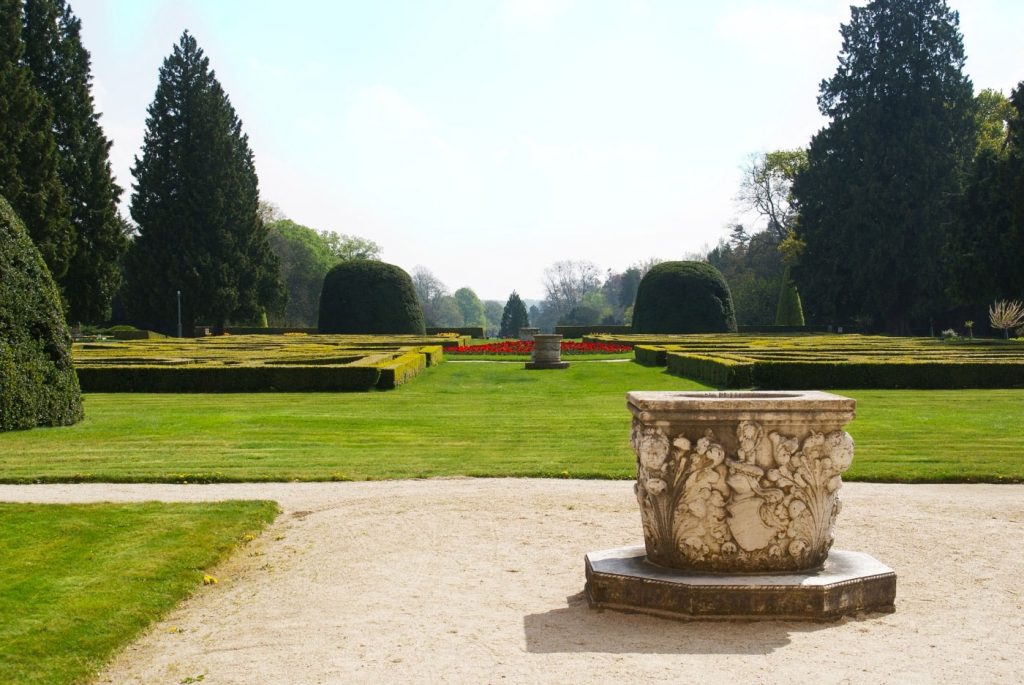
Chateau park
Lednice Chateau Park was first documented in writing in the mid-16th century. Later, it was gradually transformed into a beautiful Baroque park. Towards the end of the 19th century it underwent some alterations in the Classicist style, culminating in a number of Romantic alterations. The Dyje River flows through the complex and into several canals and ponds, which are interspersed with islands interconnected by bridges. The most recent alterations were made in the Neo-Baroque French style. Since then, the park has regularly featured shrubs, fountains and ancient statues. More than a hundred species of conifers and more than 460 species of deciduous trees can be found in the park.
Chateau greenhouse
The chateau greenhouse is intended and operated as an ornamental greenhouse. Anyone who is interested in the Latin names of the plants that grow there can ask for a list, and then it's easy to find plants according to their numbers. However, we can confidently doubt that the princes and countesses who lived in the chateau were interested in such details. They used to come here to relax and unwind, and the only tree they knew for sure today was the Encephalartos Altensteinii, nowadays marked with a wooden sign. It is the oldest one in the entire greenhouse - it's about three or four hundred years old.
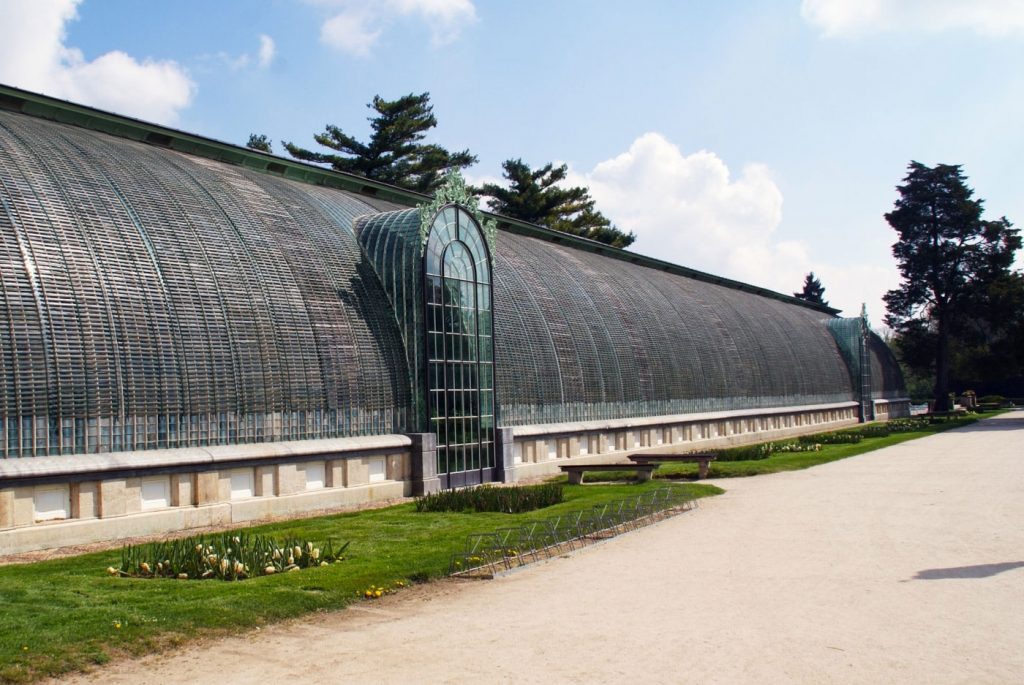
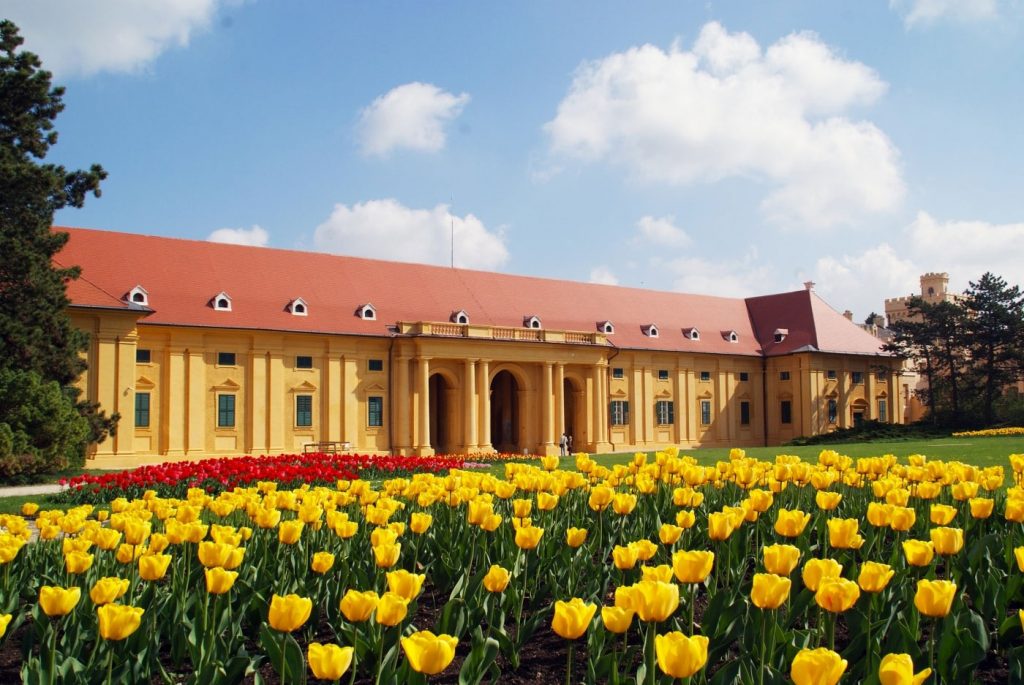
Riding hall
In its day a palace for horses, which, in addition to stables with marble troughs and wooden litters, also served as a paddock. However, during the 20th century, the extensive complex of Baroque riding halls and stables in Lednice served as a warehouse, gymnasium and fire station. The 500 million-crown restoration of the dilapidated building was completed in 2013 and transformed the chateau riding hall into a multifunctional centre for exhibitions, concerts, social functions and environmental education.
Minaret
Lednice Minaret is a unique 60 metre high lookout tower. It is located on the far side of the Lednice Chateau park. It is part of the Lednice-Valtice complex. It is the oldest preserved lookout tower in the Czech Republic. At the same time, it is also the only minaret in the Czech Republic, and also the tallest building of this type outside the Islamic countries. It is not clear why the minaret was built on this site. Legend has it that Alois Lichtenstein originally wanted to build a church. However, the Catholic Church forbade him from doing so. So he decided to build a mosque. However, due to the soft subsoil, it was not possible to realize the entire structure, so a minaret was eventually built. However, it is also possible that things didn't happen that way. The complex also included Turkish baths, Chinese palaces and a Swiss bridge. It is therefore possible that the minaret had a different origin.
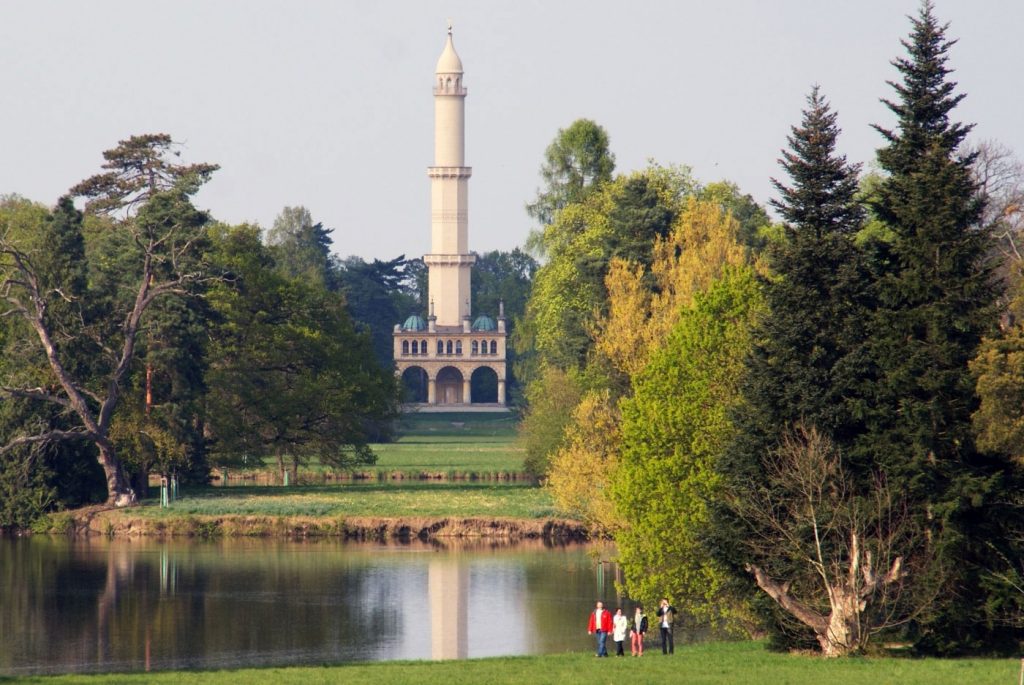

Jan's Castle
Janohrad, enclosed on three sides by the meander of the royal Dyje River, served as a hunting lodge. The nobility gathered here before the hunt, wished themselves luck and returned to a richly laid-out table in the evening. The game they caught was roasted on eight large fireplaces in the courtyard. Horses and dogs could rest on the ground floor while the riders feasted in the spacious halls. The etiquette of the time decreed that men and women entertained themselves separately, so in addition to the Knight's Hall, there were also Ladies' Salons.
Aqueduct
A copy of a Roman aqueduct that was created at the end of the 18th century, as well as a ten-metre waterfall, was completed in Lednice in the summer of 2013. The aqueduct was last in operation less than a hundred years ago. The aqueduct was designed by the Liechtensteins' court architect Josef Hardtmuth, who also designed the nearby Minaret. The lords of the chateau had the waterfall started on festive occasions to enhance their view of the lake. When the structure wasn't functioning as an artificial waterfall, the aqueduct was part of the park's irrigation system.
